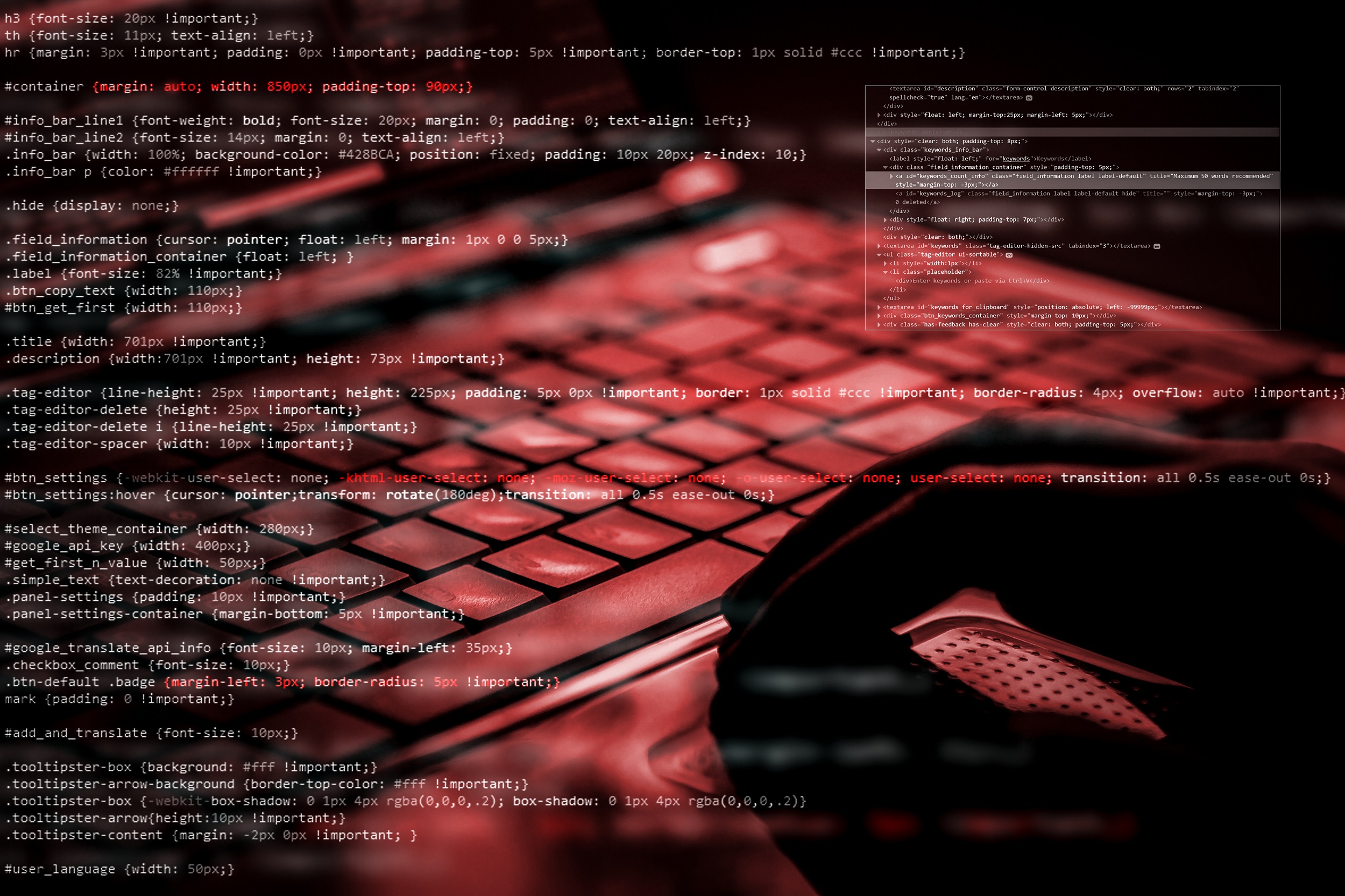


Today’s world is in the throes of what I like to call a Connectivity Paradox. On one hand, people – both at home and at work – are far more physically insulated from their peers and coworkers than ever before. At the same time, our breadth of global connectedness and the vastness of available communication channels have exploded beyond what just about anyone could have imagined even 15 years ago. While at face value these two facts might seem oppositional, they are both begot from the same remarkable beast.
The power of technology.
It is amazing to think that it has only been about 10 years since the smart phone shot onto the scene and pretty much singlehandedly set a new-and-improved course for personal communication. I can clearly remember that, back in 2010, most people considered the innovation fun, though mostly frivolous. Oh, hindsight! Who knew that the convergence of this new technology, combined with the social media boom, would set the world on a new connectivity course for decades – perhaps centuries – to come.
For years, the employment sector slowly – and mostly begrudgingly – began catering to an alternative employment paradigm that fostered catchphrases like “better work-life balance” and increased work from home options. Hip employers and cool startups kind of led the way on this, knowing they could attract invaluable, tech savvy millennials by leveraging a little creativity on where these employees were required to do their work.
While these creative work environments blossomed within the employment sector throughout the last 20 years, the American worker was still mostly confined to working, well, at work.
It wasn’t incredibly difficult for technology and cybersecurity to keep up in those early days. But, I will be frank, that was probably due more to the business sector’s naivete to the cyber dangers out there than it was an actual lack of threats.
So increasingly, employees began working and entering business data into CRMs via their smart phones, tablets and laptops either at the office, at home, at the airport or even at a coffee shop.
Let me just say thank goodness – from a technology, accessibility and data security standpoint – that the pandemic occurred when it did. Had COVID ravaged the world 20 years ago, the collateral damage to industry would have been exponentially more catastrophic than anything we are seeing now.
But because industry and cybersecurity technology had been moving toward alternate work options for the last two decades, everyone was better prepared to move their operations out of the main office and into the home office. And do it safely and securely.
So here we are, out of the office. And maybe not going back! As long as the new employment model makes sense for the business (who I promise you will be further enticed by lower operational costs), the only thing keeping industry up at night is not really knowing with certainty the physical location where employees are working.
But it doesn’t really matter.
Why should employees stay home when – as long as they have trustworthy internet connectivity – they can work just as easily at their cabin in the mountains or an Airbnb in Malibu or even from a sidewalk café in Paris. Talk about creative workspaces!
Having a smart, comprehensive cybersecurity strategy in place that seamlessly balances the safety and performance of in-house technology, cloud-based solutions and a growing “work from anywhere” employment model is essential. So is personal and personnel commitments to safe computing; everyone in your organization needs to buy into cyber safety protocols.
The following are a handful of cybersecurity solutions to consider implementing in this new business world order:
Password Manager and Multifactor Authentication wherever possible
Endpoint Protection, meaning Next-Generation Antivirus or Endpoint Detection & Response (EDR)
VPN (Virtual Private Network); good examples are ExpressVPN and NordVPN
Secure Remote Storage for protection from access and loss – and to be able to share
Security Awareness Training; it is important to keep up in this area, seek knowledge and understanding on how you can make a difference
Of course, these are just some of the connectivity and data security basics. Organizations often have unique needs and challenges, so it is important to implement the cybersecurity strategy that is designed specifically to safeguard your business and your data.
Innovation is booming and our global community becomes more and more connected every day. It is all pretty exciting stuff.
Just be sure to stay safe out there.
Stig Ravdal is the President & Founder of Ravdal, Inc., a leading cybersecurity strategy and solutions company. He is widely considered an expert in the field and is available for speaking engagements.